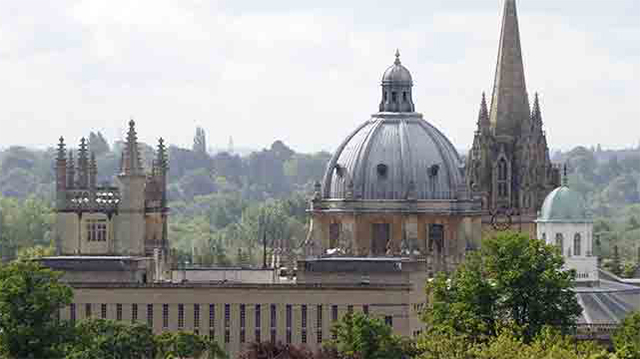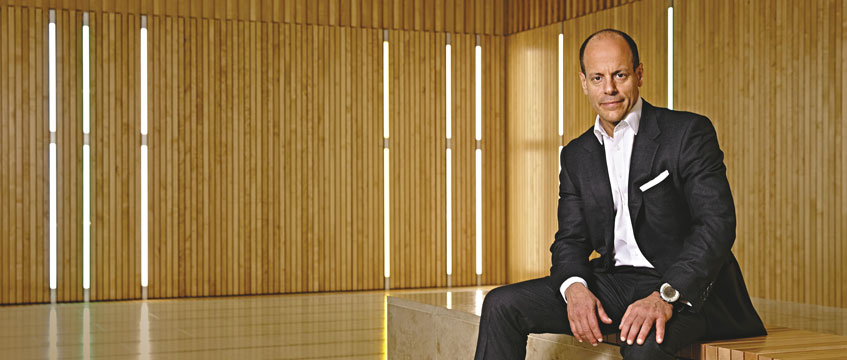by Michael Brett
Evaluating the asking price
The valuer of a property normally tries to calculate what a property is likely to fetch in the market. But there are other approaches to what a property is worth and the return it is likely to provide. What is it worth to a specific buyer and what return might a specific buyer derive from it, given the assumptions he chooses to make?
This is where discounted cash flow (DCF) sums come into the picture. They are particularly useful in allowing a prospective purchaser to calculate what price he could afford to pay for a property to show him the overall return he requires. And they allow a property owner to calculate the real return he has derived from a property in the past or estimate the return it will show him in the future, based on his own projections of income, capital values and possible future expenditure on the property.
How does this differ from the valuer’s approach? After all, the value of a property is generally a reflection of the income streams which it is expected to produce in the future. But the traditional valuer is not having to specify all his assumptions. His expectations of growth, risk and so on are all encapsulated in the yield — the “all risks yield” — on which he chooses to base his valuation. And this yield in turn reflects yields on comparable buildings in the property market.
Anyone undertaking a DCF calculation has to be far more precise as to his assumptions. He has to specify the flows of funds from and into the property. And the rates of interest he uses in his calculations reflect market rates of interest rather than yield patterns specific to the property market.
How does this work in practice? First, remember the basic principle that £1 in the pocket today is worth more than £1 receivable in the future because, if you had the £1 today, you could be putting it to work to earn interest. And remember that it follows from this that £1 receivable in the future has to be “discounted” to find what it is worth today. The crucial factor is the rate of interest at which you choose to discount. If you thought you could currently put £1 to work to earn 10% interest, you might discount £1 receivable in the future at a 10% rate of interest.
At a 10% rate of interest, £1 receivable in three years is worth about £0.7513 today. This is the same thing as saying that £0.7513 is the sum which will grow to £1 in three years, at 10% a year compound interest. You do not have to work these figures out for yourself — there are plenty of compound interest tables available.
So £0.7513 is the “present value” of £1 receivable in three years, at a 10% rate of interest. In the same way, you can calculate the present value of a whole series of receipts and expenditures involved in a property investment, by discounting each for the appropriate period. The aggregate of these discounted values will be the “total present value” of the property, at the interest rate you have chosen and on the assumptions you have made. The total present value may then be compared with the price of the property. If it is greater, the property is a “buy”. If lower, the property is overvalued from your viewpoint. An example makes the process more clear.
Suppose the asking price for an office building just let at a rent of £60,000 a year is £1,000,000. In other words, it is valued on a 6% yield. Your criterion for this sort of investment is that it must show you a total return of at least 14% a year. Should you buy it at the asking price?
Your own estimate is that the rental value will have risen to £90,000 a year by the first rent review in five years’ time. You also reckon that in five years it will be valued on much the same yield as at present. So in five years its capital value will be £1,500,000.
The next stage is to work out your receipts from the building, including the actual or hypothetical sales proceeds after five years. For simplicity we are ignoring purchase and sales costs — though they would in practice be allowed for in the calculation — and we are also following the common convention that rents are paid annually in arrears. In practice they are paid quarterly in advance.
The picture looks like this:
Now each of the receipts from the property has to be discounted back for the appropriate period to reach a present value. At what rate of interest do you discount? You take your 14% target rate of return. At a 14% discount rate, a pound receivable in a year’s time is worth £0.877, in two years’ time £0.769, and so on. So £60,000 receivable in a year is worth £60,000 X 0.877, or £52,631.(*)
In this case the present value of all the receipts from the investment, including actual or hypothetical sales proceeds of £1,500,000 at the end of the day, is £985,037 at your chosen target rate of return of 14%. This means that if you bought the building at £985,037 and your assumptions on growth and end value turned out to be correct, you would receive a return — an internal rate of return or IRR — of 14% on your outlay. So £985,037 is the most that you could afford to pay.
The asking price of £1,000,000 is above the present value at which you have arrived by the calculation, and therefore the “net present value” — present value less the asking price — of the building to you on your chosen assumptions is negative to the tune of £14,963. If you paid the asking price the return would be below your 14% target. Either you don’t buy, or you try to negotiate the price down to the £985,037 you can afford.
Of course, a sum of this kind may well throw up a positive net present value — the discounted value of the receipts is above the asking price — in which case the building is cheap according to the criteria you have chosen.
There are a number of virtues to the discounted cash flow approach, which can be used in many different forms. In essence there are three elements to a calculation:
- The price asked for a property (plus any additional expenditure expected)
- The receipts expected
- The rate of return
Given any two of these, it will be possible to calculate the third. In our example we started with the rate of return required and the assumptions as to income and future capital value, and from this were able to work out the price that could be paid for the property.
But equally we could have started with the asking price for the property and the expected rents and future capital value, and from this could have calculated the rate of return.
Or we could have taken the asking price and the required rate of return, and calculated what growth in rents and capital values the property would need to achieve to justify a purchase. The calculation might well show that the growth assumptions implicit in the asking price were unrealistic. We will be looking next week at some of these alternative approaches.
(*) Note that for simplicity we have shown the discount factor rounded to three figures, but performed the calculations on the full figures.










